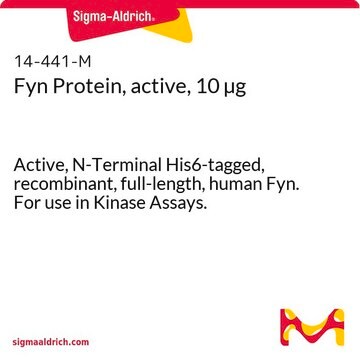MAB4416
Anti-Plet-1 (Placenta-expressed transcript 1 protein) Antibody, clone 1D4
clone 1D4, from rat
Synonym(s):
chromosome 11 open reading frame 34, hypothetical protein LOC349633, placenta expressed transcript 1
About This Item
Recommended Products
biological source
rat
Quality Level
antibody form
purified antibody
antibody product type
primary antibodies
clone
1D4, monoclonal
species reactivity
human
species reactivity (predicted by homology)
mouse (based on 100% sequence homology)
technique(s)
flow cytometry: suitable
immunocytochemistry: suitable
immunohistochemistry: suitable
western blot: suitable
isotype
IgG2aκ
NCBI accession no.
UniProt accession no.
shipped in
wet ice
target post-translational modification
unmodified
Gene Information
human ... PLET1(349633)
General description
Recently, Plet-1 has been identified as a specific marker of early thymic epithelial progenitor cells. In the postgastrulation embryo, Plet-1 expression is highly restricted to the developing pharyngeal endoderm and mesonephros. This antibody recognizes the same protein as MTS20 and MTS24.
Specificity
Immunogen
Application
Immunohistochemistry Analysis: A previous lot was used by an independent laboratory in IH (Depreter, M.G.L., et al., 2008).
Immunocytochemistry Analysis: A previous lot was used by an independent laboratory in IC (Depreter, M.G.L., et al., 2008).
Stem Cell Research
Pluripotent & Early Differentiation
Quality
Western Blot Analysis: A 1:2,500 dilution of this antibody detected Plet-1 in 10 µg of human placenta cell lysate.
Target description
Physical form
Storage and Stability
Analysis Note
Human placenta cell lysate
Disclaimer
Not finding the right product?
Try our Product Selector Tool.
Storage Class Code
12 - Non Combustible Liquids
WGK
WGK 1
Flash Point(F)
Not applicable
Flash Point(C)
Not applicable
Certificates of Analysis (COA)
Search for Certificates of Analysis (COA) by entering the products Lot/Batch Number. Lot and Batch Numbers can be found on a product’s label following the words ‘Lot’ or ‘Batch’.
Already Own This Product?
Find documentation for the products that you have recently purchased in the Document Library.
Our team of scientists has experience in all areas of research including Life Science, Material Science, Chemical Synthesis, Chromatography, Analytical and many others.
Contact Technical Service